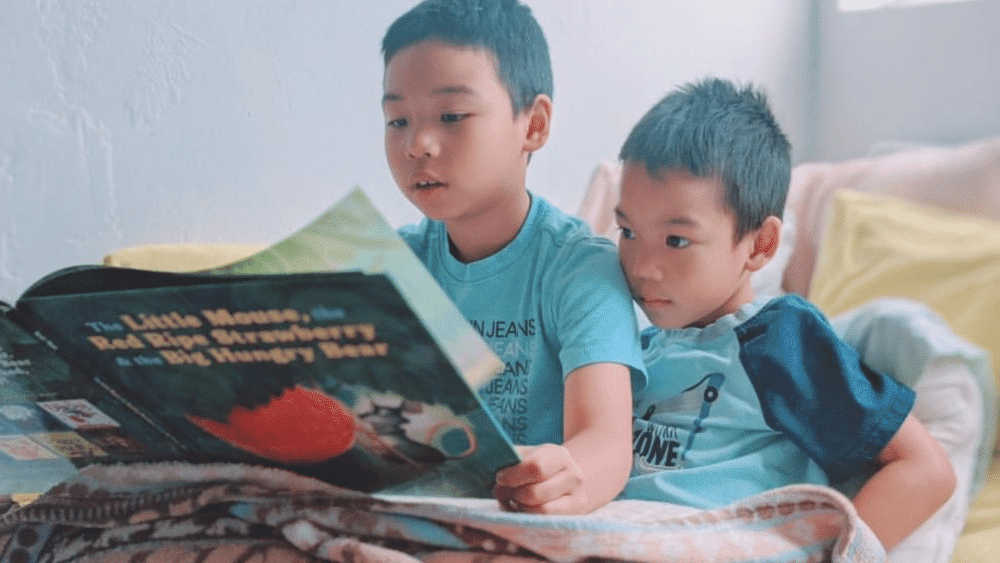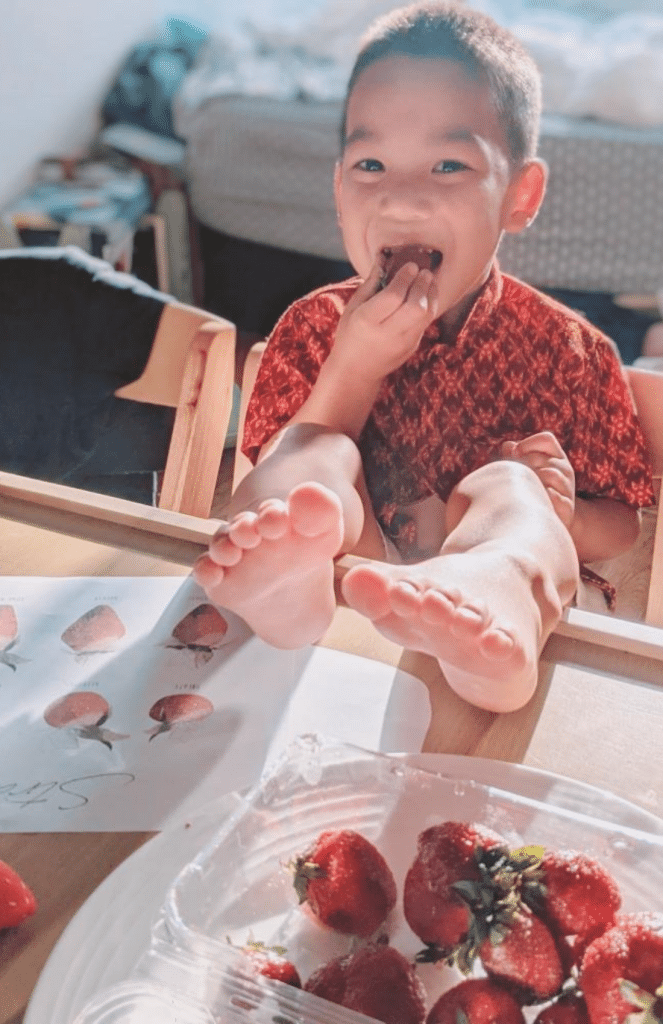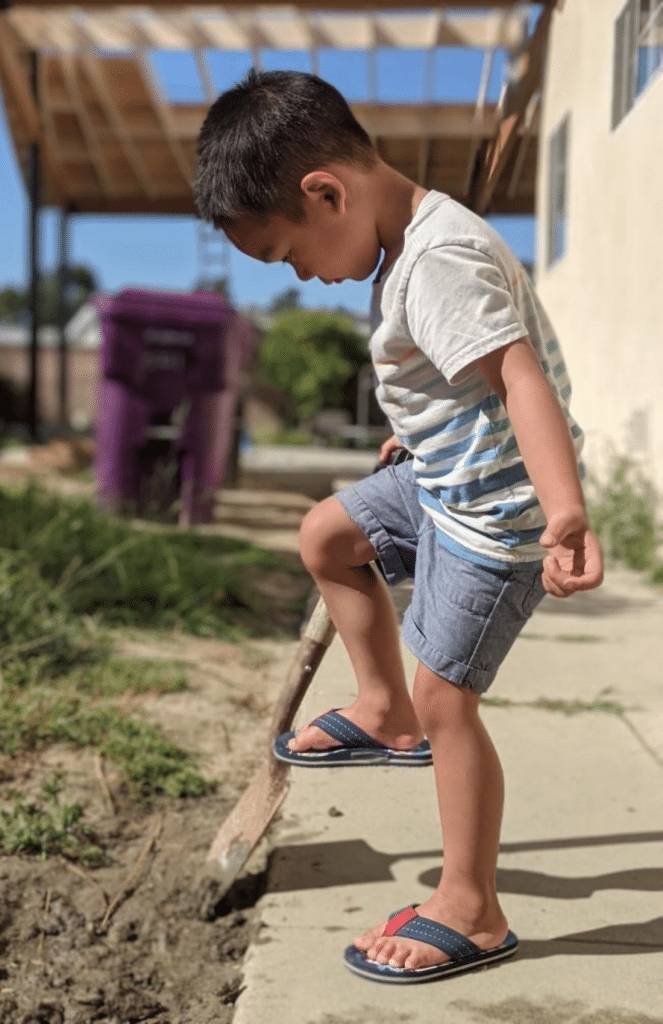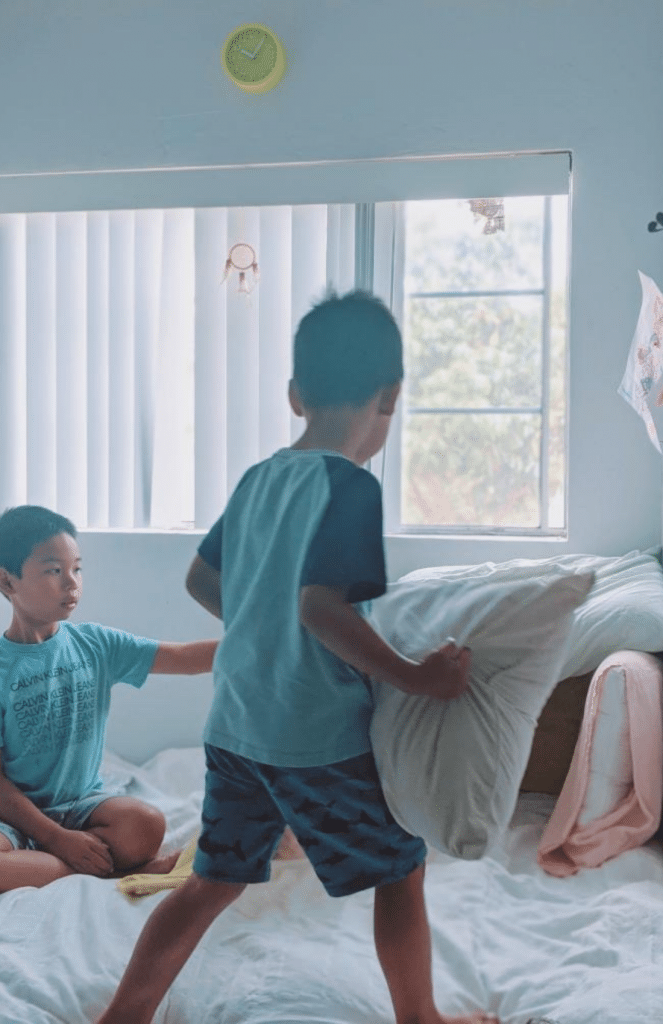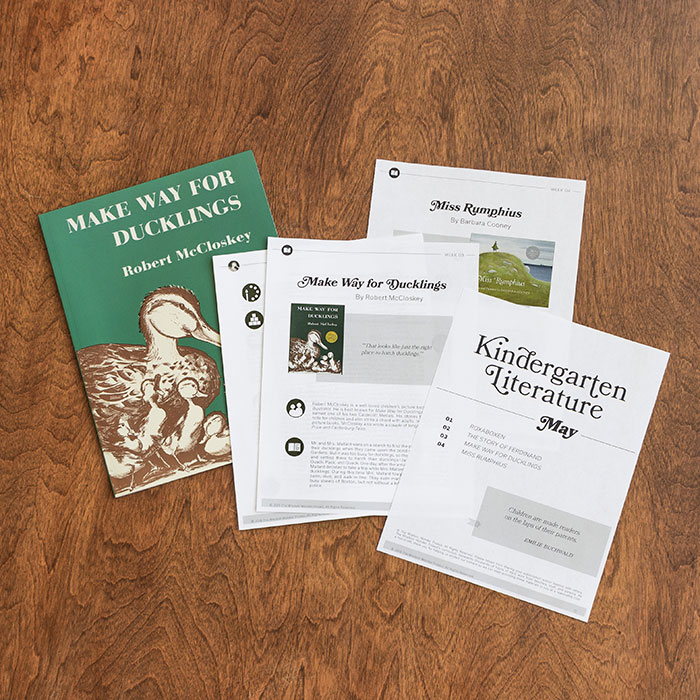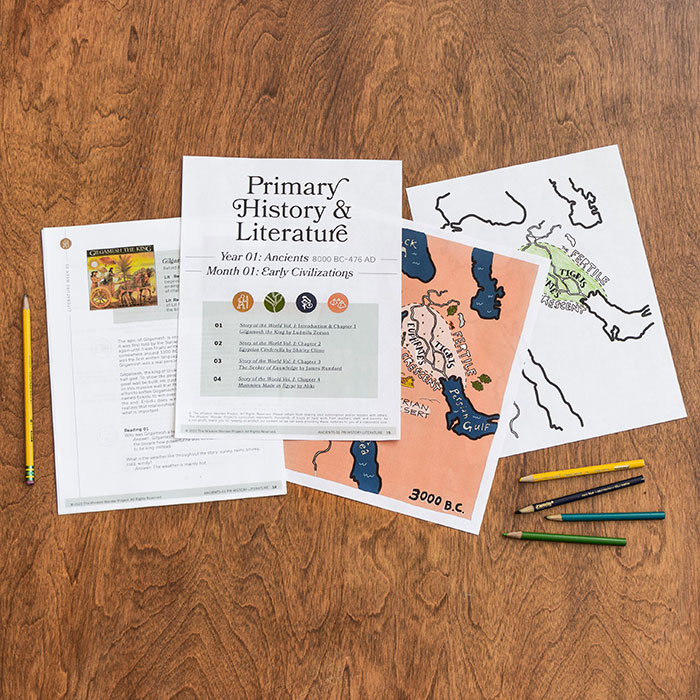When we first put our minds together and designed our literature-based curriculum, one of our priorities was to make sure that it is flexible and adaptable to a variety of educational approaches. We want families all around the globe using our curriculum and gleaning from the rich treasure trove of insight and activities we present in each unit, but adding in their own twist or perspective to enrich the educational experience even further. We’re so excited that we had a team of moms that got together and did just that, and they are eager to share their experiences with our community. This blog is presented as an interview by our blog series coordinator Jacki Campbell, learning more about how families with different core values and approaches apply Wisdom Wonder Project in their homeschool. We hope you learn a little from each of them and are inspired in turn to make our curriculum your own in your home.
It is often assumed that those teaching in homeschooling are the parents of the students. With the unexpected challenges of the last year, we have seen many families rely on other family members and we also saw many families have had to cut their costs where they could. My friend Lulu is the perfect example of how adaptable the family unit can be and how siblings have stepped up to take on family responsibilities as we navigate this new world.
Lulu is a deep inspiration for me. She has the kindness I hope my children will have, the devotion to family that I can only try to scaffold, and a hunger in her heart for instilling wonder in children that I admire with awe. But the depth of my inspiration truly comes in her ingenuity and creativity in piecing together the values of lessons with what is available and necessary. I loved getting to learn more about this incredible young woman and future educator behind the Instagram account @play.with.lulu, and I hope you can see what a gift we have found.
Tell me a little bit about you, your family, and your values.
Most people call me “Luanna”, but when working with kids, I become the playful “Lulu.” I come from a family of six kids, so you can imagine the chaos and fun. As the second oldest, I am surrounded by little ones, which fed my passion for early childhood education.
My dream has always been to become an elementary teacher since role-playing “school” as a little kid. I chased that dream into college and got my first job as a childcare assistant at an on-campus child development center. School taught me to guide students through an exciting and rigorous academic curriculum; work taught me to observe the wonders of childhood play and nurture physical, emotional, and social development. Since then, I have searched for a balance between the two. My dream is to create a classroom environment where students are challenged to learn through play.
During our global pandemic, the world suddenly shut down. I was out of a job, and my two youngest brothers, Tai (8) and Nik (4) could no longer attend school. Tai attended virtually through Zoom. Nik would constantly accompany him, wishing that he too, could have a school to attend. In order to distract him from interrupting Tai’s classes, I offered Nik short lessons about numbers, stories, plants, and more. We would explore the outdoors or play with various educational resources. Tai would leave his Zoom meetings and immediately join us. After a while, this became our routine. Once again, I get to play “school,” and we are constantly learning through play.
Why is being budget-friendly so important to you and your family?
Setting aside a budget for our homeschooling resources comes with many benefits. The biggest and most obvious benefit would be saving money. Coming from a family of eight, saving money became habitual. As a college student, spending can easily feel out of control with the cost of tuition, books, and more. Maintaining a budget will allow me to leave college with minimal debt.
On top of saving money, staying budget-friendly also helps us with space. Tai, Nik, and I all share a large bedroom. But with three people, the space seems to vanish easily. By controlling our material spending, we also maintain a clutter-free environment, which nurtures clear minds that are always ready for learning and play.
With a smaller budget for our material objects, we have become very conscious of the items we purchase. It is important to us that our purchases are purposeful, environmentally friendly, and long-lasting. We have learned over time that the best way to purchase sustainably is to purchase less. It is a win for the playroom, the Earth, and our pockets!
What are some simple ways parents can be more budget-friendly in their homeschooling?
Homeschooling can seem quite daunting, and through the fear, it is easy to buy all types of materials that promise to help homeschooling parents. But you don’t want to end up drowning in debt and clutter. Stay focused on your purpose. Constantly ask yourself “What does my child need to learn?” and “What materials do I have/need to serve this purpose?” Most of the time, you will realize that you have all the materials you need already. Or even better, you might find that you don’t need any materials at all.
For instance, your curriculum may state that children must identify the stages of the lifecycle of a plant. While it is tempting to shop for posters, books, miniature figurines, or plants, consider what you already have. The strawberry or bell pepper you just ate definitely has seeds that you can plant, observe, and discuss with your child. You can enrich the lesson with books from the local library or a trip to a neighbor’s garden.
Or perhaps it is time for your child to learn phonics. Instead of purchasing matching games or puzzles, a simple “I spy something that begins with ___” will do! We have learned all of our English phonetic sounds with this game, and it required absolutely zero materials! The budgeting mindset may take practice, but you will find that it has benefits beyond money. Oftentimes, I have found that we end up replacing material items with quality connection and time.
Can you give an example of how you adapt Wisdom Wonder Project curriculum to fit your goals?
The Wisdom Wonder project is easily adaptable to our ideas of learning through play as well as our budgeting needs. Rather than setting aside a recess break, play is integrated within the entire curriculum. The Preschool curriculum that I am currently using with Nik (4) assigns block play, reading, sensory play, art, outdoor play, fine motor skills, and even nourishment! The Primary level that Tai (8) follows offers a little more challenge with science experiments and crafts. Through these types of activities, Tai and Nik are constantly engaged in the curriculum. It feels like no work and all play!
Those who teach with Wisdom Wonder Project will also be surprised by the minimal work needed to teach a lesson. The curriculum guide includes simple setups for invitations to play with detailed instructions. You can choose to follow it exactly or adapt it the way that I did. In order to remain budget-friendly, I sometimes adapted the lesson or materials needed. For example, Nik’s block play prompt included reading the story, “Building a House,” and using unit blocks to build his own house. We didn’t have the book nor the blocks for this lesson, but we knew the purpose: to understand how houses are made and apply our knowledge. We took a quick trip to the library and of course, we found the book! Because our home was under construction, we also had a chance to observe the events of the book in real life. After reading it, we discussed how we can build a fort with the materials we had at home. Instead of purchasing unit blocks, we created a plan using blankets, pillows, camera tripods, and more!

What do you like about Wisdom Wonder Project and the activities?
I love how the Wisdom Wonder Project offers guidance that is specific and open-ended at the same time. Each lesson is outlined with rich details and suggestions for play prompts, materials, readings, and more. We have found almost every reading suggestion at our local library. I never spend more than five minutes planning or adapting the lesson. It is truly for every family, no matter how busy and frugal they may be.
Any final thoughts? And how can people follow along on your homeschooling journey?
Thank you for giving me the opportunity to play, learn, and speak about the Wisdom Wonder Project. We had a lot of fun connecting with new homeschooling families, but it doesn’t end here! Feel free to follow along our playful learning journey on Instagram at @play.with.lulu!
Next Time…
We will see how Central Coast mom Brittany at @my_mothering_journey adapts the curriculum in a Waldorf-inspired way!
